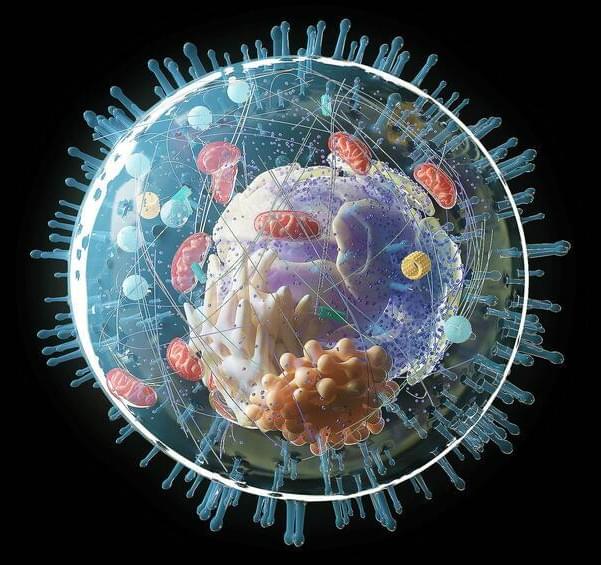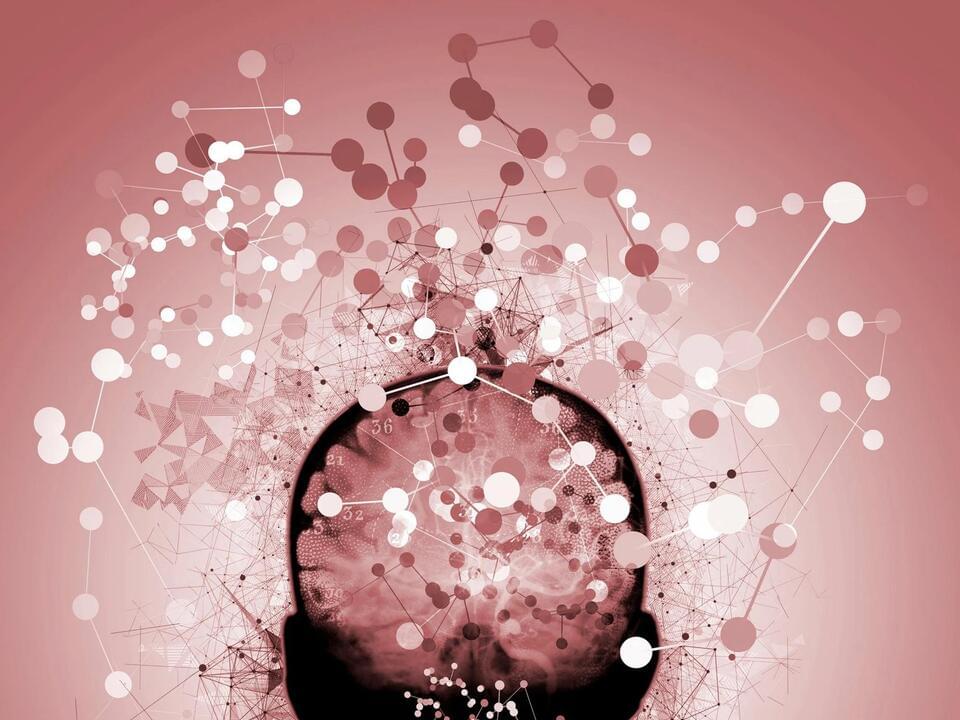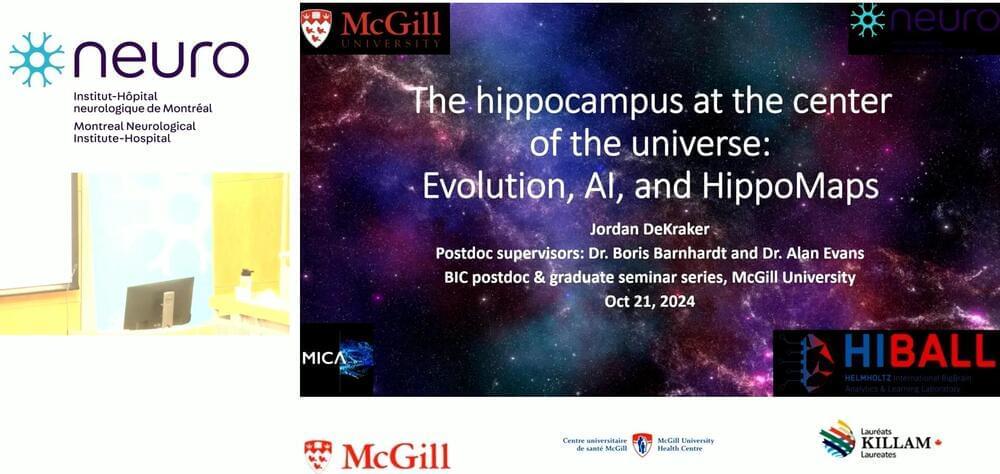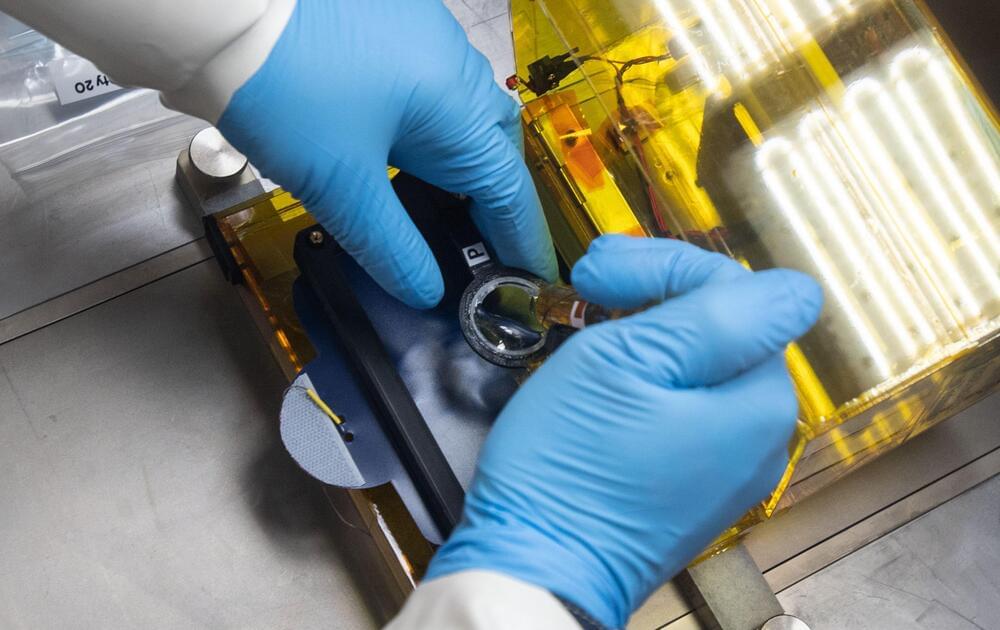Nov 21, 2024
Astronomers take first close-up picture of a star outside our galaxy
Posted by Cecile G. Tamura in categories: cosmology, materials
Located a staggering 160,000 light-years from us, the star WOH G64 was imaged thanks to the impressive sharpness offered by the European Southern Observatory’s Very Large Telescope Interferometer (ESO’s VLTI). The new observations reveal a star puffing out gas and dust in the last stages before it becomes a supernova.
“For the first time, we have succeeded in taking a zoomed-in image of a dying star in a galaxy outside our own Milky Way,” says Keiichi Ohnaka, an astrophysicist from Universidad Andrés Bello in Chile.
“We discovered an egg-shaped cocoon closely surrounding the star,” says Ohnaka, the lead author of a study reporting the observations published today in Astronomy & Astrophysics. “We are excited because this may be related to the drastic ejection of material from the dying star before a supernova explosion.”

















